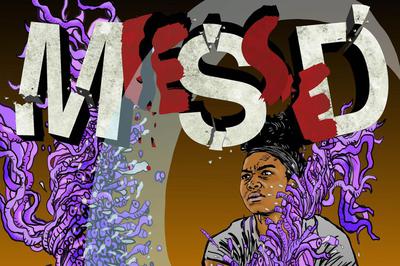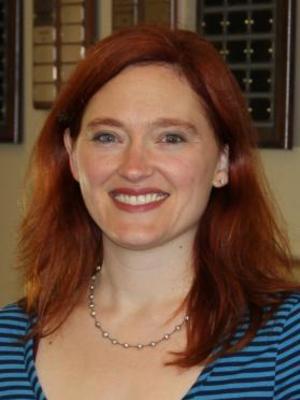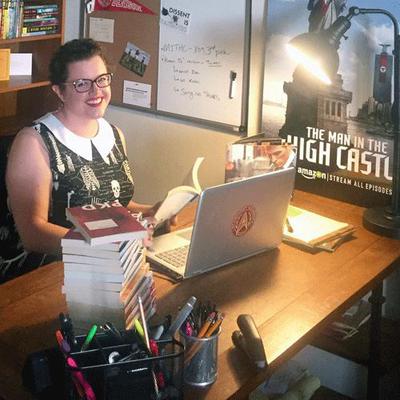
Comic Book Creator Jay B. Kalagayan Releases Season Three of “MeSseD”
Cincinnati processes more than one billion gallons of wastewater every day through more than 10 thousand miles of pipeline. These pipes are woven together like tree roots just beneath our feet. Sewers are essential to our daily lives, yet seldom seen and rarely discussed. This “ignorant dependence” is what inspired Jay B. Kalagayan to create the comic book series MeSseD, whose third installment dropped December 9.









